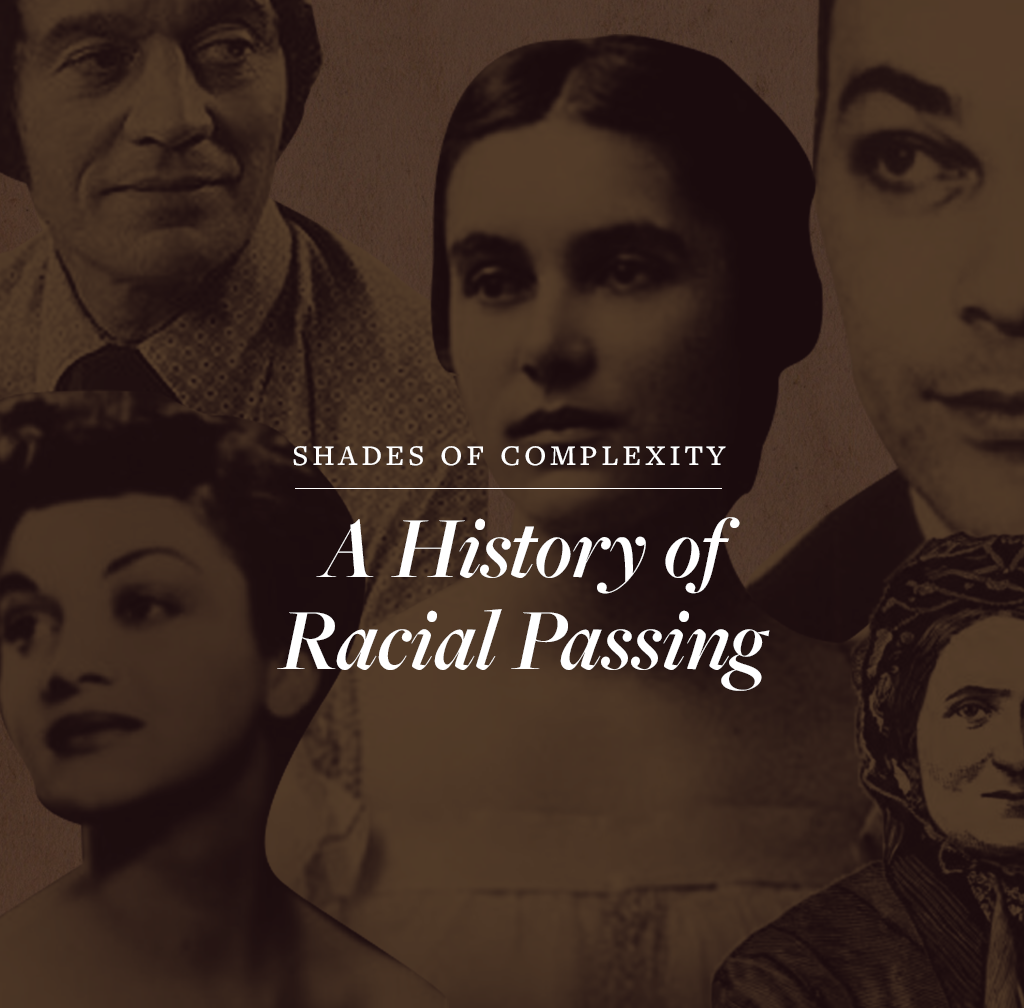Steve William’s Column: Invisible blackness, can you see it?Posted in Articles, History, Media Archive, Passing, United States on 2018-05-28 02:33Z by Steven |
Steve William’s Column: Invisible blackness, can you see it?
South Strand News
Georgetown, South Carolina
2015-05-25
Steve Williams
Last weekend’s royal wedding in England was a beautiful thing to behold. Many have likened it to Barack Obama’s inauguration in 2009.
Social media is abuzz with millions who witnessed it; perhaps because Meghan Markle, who is of mixed racial heritage, didn’t diminish her African heritage rather, she celebrated it. When talking about her mixed heritage, race isn’t something she leads with, but she’s clearly comfortable talking about it. She tells a story of growing up and having her mother pick her up from school; how her friends would often ask — “who’s that black lady? Is she your maid?”
A self-described feminist and egalitarian Meghan has proudly supported many causes for those who are marginalized. Her wedding ceremony spoke volumes for her character. Likewise, kudos must be given to Prince Harry and the royal family for allowing her to express it. Maybe they’re more progressive than I thought…
While more and more celebrities like Halle Berry, Mariah Carey, Alicia Keys, Sade, Drake, Vin Diesel, and Dwayne “The Rock” Johnson are celebrating their multicultural heritage today, this was not always the case — particularly those black celebrities who could “pass” for white…
…Yet, the question of race for many blacks in America was determined by the so-called “One Drop Rule.” The law adopted by most Southern states originated during slavery and reinforced under Jim Crow, said if an individual has one single drop of “black blood” in their ancestry, then that individual is black regardless of his or her appearance.
In the early 1900s, being “black” or “colored” had drastic practical consequences even for whites.
The story is told of John Kirby who was the son of Big John Godbolt. Godbolt was one-eighth African and seven-eighths European. That meant Big John was legally classified as “colored” under South Carolina law. But John Kirby’s mother was white which meant John Kirby and his siblings had less than one-eighth African blood and were legally not “colored.” Instead, having only one-thirty-second African blood they were legally coded as “white.”…
Read the entire article here.

